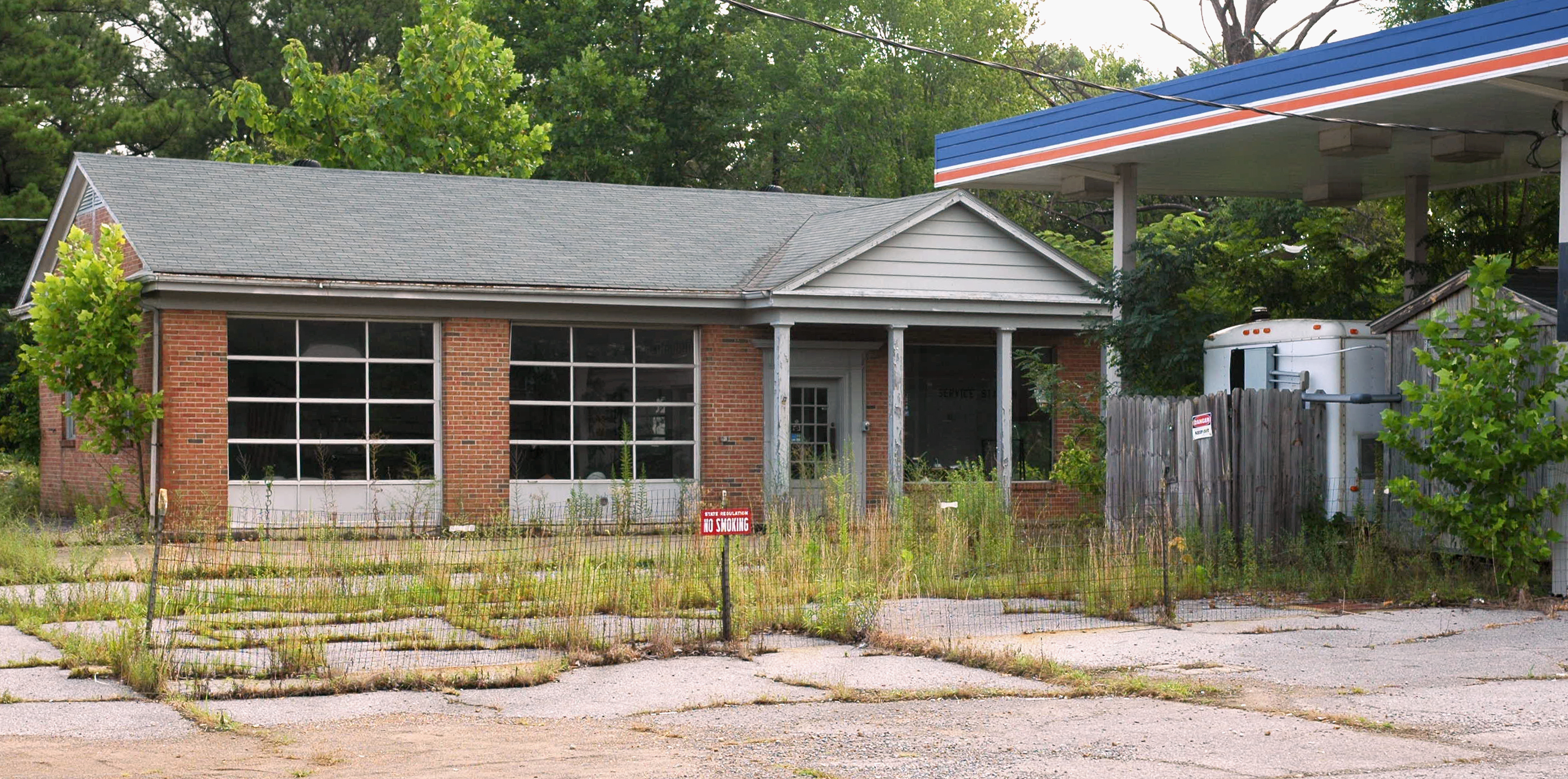 A joint effort by the Environmental Protection Agency (EPA), the Maryland Department of Planning (MDP) and Baltimore County is offering free environmental site assessments (ESAs), technical advisory services and access to other grants and tax incentives to property owners looking to remediate and redevelop brownfields. The effort to spur environmental cleanups and economic development on the county’s east side, however, must overcome an initial challenge: hesitancy among landowners and developers to get involved.
A joint effort by the Environmental Protection Agency (EPA), the Maryland Department of Planning (MDP) and Baltimore County is offering free environmental site assessments (ESAs), technical advisory services and access to other grants and tax incentives to property owners looking to remediate and redevelop brownfields. The effort to spur environmental cleanups and economic development on the county’s east side, however, must overcome an initial challenge: hesitancy among landowners and developers to get involved.
“When people hear about this program and hear that it is funded by the EPA, they can get scared about dealing with a regulatory agency. They wonder, what’s the catch? Is this a tactic to invite regulators to peak into our past? And why do I need a site assessment?” said Pat Ford, Director of External Affairs and Business Development at the Frontier Group of Companies. Frontier specializes in brownfield remediation and redevelopment. Ford has overseen brownfield redevelopments in multiple states which participated in the EPA free site assessment program since 2012.
The realities of the program are much less concerning, according to Jason Dubow, Manager of Resource Conservation and Management at MDP. Under the provisions of a $300,000 Baltimore County East Side Revitalization Community-Wide Assessment EPA Grant, MDP has contracted two environmental consultants to conduct free ESAs of potential brownfields. The grant covers ESA costs up to $15,400 per property – an amount that can cover Phase I assessments on all properties and Phase II assessments on many properties.
“We are targeting properties that likely had contamination. This could be a former industrial property, commercial property, a former gas station, dry cleaners or an auto body shop,” Dubow said. The service also applies to old residential, commercial or other buildings that could contain lead paint or asbestos.
Owners of potential brownfields who request a free ESA are required only to provide the consultants with access to the property, Dubow said. Results of the site assessments are delivered directly to the property owner and are confidential. Results are only shared with regulators if conditions pose an imminent threat to public health or the environment.
The EPA grant, which the state secured in 2023, also helps property owners address any contamination onsite, said Sylvia Mosser, Resource Conservation Planner at MDP. If the owner chooses to clean up the site, the grant will cover the $6,000 application fee for the Maryland Voluntary Cleanup Program as well as consultation fees with the Maryland Department of the Environment Technical Review Service.
Obtaining a free ESA and launching a voluntary cleanup can also provide a property owner with access to other grants, tax incentives and funding sources, Ford said. Those include EPA grants that cover up to 80 percent of cleanup costs and the Brownfields Revitalization Incentive Program that can provide property tax credits of 50 percent to 70 percent for five years following a cleanup.
“EPA has evolved into an economic development agency in recent years,” Ford said. “They have become a critical source of front-end money for economic and community development. The new role allows EPA to share the risk with public and private agencies who choose to repurpose brownfields.”
That front-end money for free ESAs and other services is essential to any brownfield redevelopment “because you cannot get financing for anything until you have your Phase I assessment completed,” he said.
In West Virginia, Ohio, Pennsylvania and other states, that early money has also been key to attracting other investment in redevelopments, Ford said.
“The EPA tracks this nationally and their numbers show that for every public dollar they invest, they leverage $182 of private investment,” he said. On [Frontier Group’s] projects, we have leveraged $419 in private investment because we collaborate with community leaders, county governments, state regulators, banks, nonprofits, planning agencies, and create a big network that spreads the risk.”
Baltimore County opted to focus the free ESA program on the east side in the hopes of spurring some of that investment, Mosser said.
“When we started talking with Baltimore County several years ago about brownfield sites, they identified the east side as an area that needed redevelopment and reinvestment after it had lost the steel mill and a lot of businesses that had been there for generations,” she said.
For more information, please contact the Maryland Department of Planning at mdp.brownfields@maryland.gov.